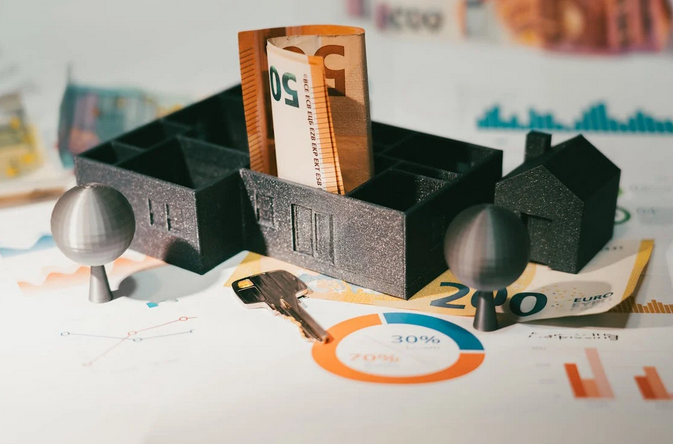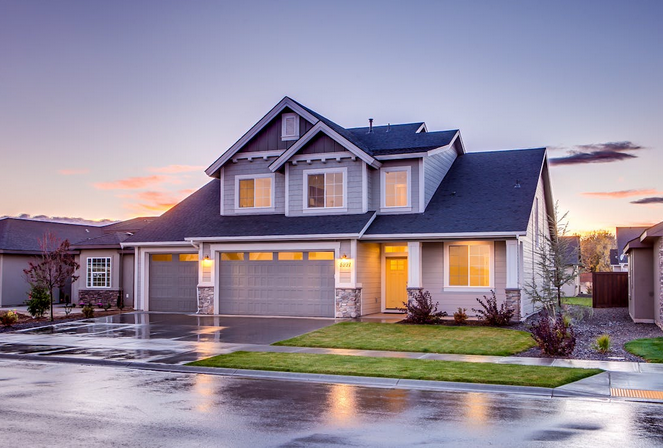Building your dream home is an exciting journey, but navigating the world of construction financing can feel like venturing into uncharted territory. With many myths and misconceptions swirling around, it’s no wonder many aspiring homeowners find themselves overwhelmed and confused.
Are you worried that securing funding will be impossible? Or perhaps you’ve heard horror stories about sky-high interest rates or endless paperwork? Fear not. In this blog post, we’ll peel back the layers of common construction financing myths and reveal the truth behind them. Prepare to clear a path to fund your new home confidently as we guide you through essential tips, expert insights, and actionable advice. Let’s turn those dreams into reality—one brick at a time.
Myth: You Need a 20% Down Payment
One of the most common myths about construction loans is that you need a hefty 20% down payment to start. While that may be true for some traditional mortgages, construction loans often have more flexible requirements. In reality, the down payment for a construction loan can vary widely based on your lender, credit score, and project specifics.
Many lenders offer programs allowing down payments as low as 5% to 10%. Plus, if you own the land you plan to build on, the equity in your land may be used as part of your down payment. So, don’t let this myth discourage you from exploring your options. Click https://www.esslinger-zeitung.de/inhalt.immobilienfinanzierung-aktueller-zinssatz-was-sollte-man-beim-hausbau-beachten.efb8c21e-ae94-4b8b-a92e-31113cac8e3e.html for information on the current interest rates and other important factors to consider.
Myth: Construction Loans Are Too Risky
Another myth is that construction loans are inherently riskier than traditional home loans. While it’s true that there’s a bit more complexity in building a house versus buying one, lenders are well-prepared for these projects. The key is working with an experienced lender who specializes in construction financing. They’ll ensure that the process is smooth and manageable, with proper oversight at every stage of construction. In fact, construction loans are structured with milestones in mind—meaning that funds are released incrementally as the construction progresses. This reduces the risk for both you and the lender, ensuring that money is only spent on completed work.
Myth: Interest Rates Are Always Higher for Construction Loans
Many people believe that construction loans come with sky-high interest rates. While construction loans may have slightly higher rates than traditional mortgages due to the added complexity, they aren’t as high as some might think. Rates depend on factors like your credit score, loan-to-value ratio, and overall financial situation. Also, construction loans are typically short-term, meaning you only pay higher rates during the build. Once the home is completed, the loan can often be converted to a traditional mortgage with lower interest rates. Some lenders even offer one-time close loans, which lock in your rate for both the construction phase and the permanent mortgage.

Myth: Construction Loans Are Full of Hidden Fees
There’s a common misconception that construction loans come with many hidden fees that will drive up costs. While it’s true that there are additional costs involved in building a home (like inspections, permits, and contractor fees), these expenses are usually transparent. A reputable lender will walk you through the complete breakdown of costs upfront so you won’t be blindsided. Always ask your lender for a complete fee list and ensure you’re aware of the overall loan structure. You’ll find that while there are some extra steps compared to a traditional home loan, there’s nothing hidden if you do your due diligence.
Myth: You Have to Use Your Lender’s Preferred Builder
Some people assume that when you get a construction loan, you’re locked into using a builder that the lender chooses. Not true! While some lenders may have a list of preferred builders they work with, you usually have the freedom to choose your own contractor as long as they meet the lender’s criteria. It’s always a good idea to vet your builder carefully to ensure they’re reputable, experienced, and have a good track record with lenders. That way, your project stays on track, and you can avoid any financing delays.
Myth: It’s Too Complicated for First-Time Home Builders
Sure, construction loans can seem complicated at first glance, but they’re not out of reach for first-time builders. Lenders are well-versed in helping newbies navigate the process, providing guidance on everything from budgeting to finding the right contractor. Many lenders also offer construction-to-permanent loans, which streamline the financing process by combining the construction loan and mortgage into one package. This can make things much easier, especially for those building their first home.
Don’t let myths about construction financing stop you from building your dream home. With flexible down payment options, manageable risk, and reasonable interest rates, construction loans are far more accessible than many people think. Working with an experienced lender and doing your homework can make the financing process smooth and stress-free. Building your own home is a big step, but it doesn’t have to be complicated.…




